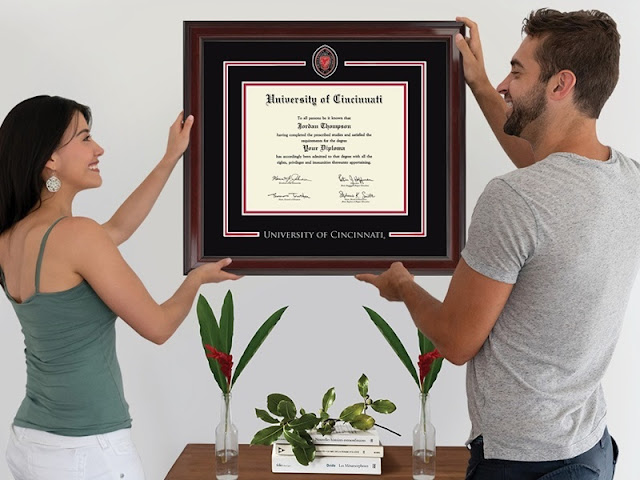How to Make the Most Out of Reloading Dies
 |
| source: mansfieldhuntingandfishing.com.au |
Shooting from a firearm is the most satisfying and important part for many enthusiasts but the reloading process matters as equally. Although for some, it is a simple and dull moment, the true aficionados of firearms respect it deeply, especially when done with the right equipment.
No, I'm not talking about the time you need to get some rounds in your rifle or pistol, I'm talking about the shaping of your new ammo so you get rounds that match your firearm. Reloading dies come in various sizes and shapes which means you can work with different types of ammunition to make it work well with your gun by making your own ammo.
What Matters in Reloading Dies
 |
| source: panhandleprecision.com |
Material
The material of which reloading die sets come made determines what you need to do to make them last long and how long they'll actually last. There are carbide and steel dies with steel reloading dies you get a more affordable solution that requires lubrication in order to work properly. Carbide dies for reloading, on the other hand, are much more durable and they also don't need to be lubricated or looked after as much but are generally more expensive.
Adjustability
For the end result to be exactly the way you want it to be you should go for reloading die sets that make it easy to fine-tune and adjust the reloading process in order to be more precise and get exactly what you want. More versatility means a more effective set of rounds for your firearm.
Caliber
The reloading die you go for needs to be compatible with the type of ammunition you're working with otherwise this can lead to poor performance and even worse, safety hazards. Make sure to go for dies for reloading that match the caliber so that everything goes down safely.
Brand
There are quite a lot of brands that make die sets nowadays but the most notable ones are Lee, Hornady, RCBS, Lyman, Forster and Redding reloading. You can go for reloading die sets from other manufacturers but make sure they have good build quality and fit both the press and ammunition you want to make.
Types of Die Sets
2-Die
A 2-die set is exactly what you think it is and it usually involves a resizing or decapping die as its primary die and a bullet seating or champion die as its secondary die. This is the simplest solution you can go for, especially as a beginner.
3-Die
With a 3-die set, you get a primary resizing/ decapping die a secondary die which is a case mouth expanding die and a third bullet seating/ crimping die.
4-Die
A 4-die set includes a resizing die as its first die, the second die is a case mouth expanding die while the third die is again a bullet seating die. The fourth die is known as a dedicated taper crimp die.
Setting up a Reloading Die
- In order to properly set up a reloading die you must first clean it up – more on that later. Once cleaned, you should start off by installing the resizing die by screwing it into the reloading press.
- After that, raise the arm to the highest position and screw down the die until you have it touching the shell holder. Slightly back off the die and then lock it in place using the lock ring before you adjust it.
- Adjusting the resizing die depends on which type you have. If you have a neck-sizing die you should adjust it so that only the neck portion of the brass is resized. A full-length resizing die requires you to set it so that the whole case is resized.
- Next comes setting up the bullet seating die which needs to be installed in a similar fashion as the resizing die. You raise the ram and screw in the die until you have it touch the shell holder but you then adjust its seating depth by fastening the searing stem either in or out.
Cleaning a Reloading Die
 |
| source: youtube.com |
- Before you set up a die set you should clean it and do so well. The cleaning process starts off by disassembling the dies first. Once out of the press and all of their components removed, use a solvent or degreaser to clean the individual parts.
- Use a cloth or a brush on which you'll apply the solvent/ degreaser and then clean the parts from any dirt, residue and old lubrication too. During the cleaning process, make sure to inspect the dies for any damage or signs of wear and rust. Any issue should be taken care of accordingly on the spot. When you're done cleaning dry the parts off and lubricate them to keep them protected and working smoothly.
- Once relubricated, put back all the components together of each die, check for proper alignment and whether or not they are tightened correctly and then store them. Die storage involves having them in a dry area with the original case being the best solution.



Comments
Post a Comment